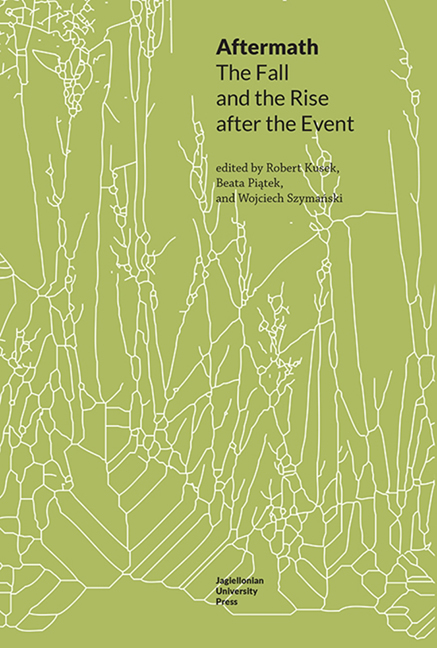After Nature: Landscape, Art, and Design in the Aftermath of Katrina and Sandy
Published online by Cambridge University Press: 06 November 2021
Summary
When Hurricane Sandy hit the Caribbean and the United States in 2012, it immediately invited comparisons with an earlier Hurricane Katrina, with its long-felt destruction of New Orleans. The most obvious differences between the two events concerned not so much their “natural” aspects, but rather how they were dealt with by the authorities. Both were recognised for what they actually were: man-made rather than natural disasters caused not only by extreme weather conditions triggered by global climate change, but primarily by the long-term refusal or inability of the authorities to adequately address this issue (these failings varied from introduction of faulty solutions, such as inefficient levee system in New Orleans, to “reclamation” of marshland for waterfront real estate development that pushed the floodwater further inland in New York). Although the reaction of the authorities was significantly quicker in New York than New Orleans, provoking comments that this striking difference had its source in racial and social divisions, distribution of aid post- Sandy was uneven at best and, in fact, only worked to highlight the correlation between austerity and damage risk. The aftermath of Katrina and Sandy witnessed also a fervent discussion about how the art world at large and landscape artists and designers in particular should approach the task of “rebuilding.” Taking into consideration issues such as visual practice vis-à-vis climate change and “green gentrification,” this paper will examine several initiatives undertaken by art institutions along with landscape and architecture design projects to address ethical and aesthetic aspects of how contemporary cities engage with landscape. The primary focus will be to show that rebuilding proposals, from institutionally devised large-scale urban plans to individual initiatives, regardless of how well meaning and conscious of ethical challenges, tend to be retrospective and prospective all at once in that they rely on the modernist conception of visionary urbanism.
Katrina
Hurricane Katrina struck the Gulf Coast in August 2005, causing damage from central Florida to eastern Texas. The following sea surge left 80 percent of the city flooded, with districts such as the Lower Ninth Ward, Arabi, Gentilly, Lakeview, and parts of New Orleans East covered by more than ten feet of water (Cook 2015: x). Many houses, public buildings, and bodies remained under water for more than five weeks, and it was estimated that 1,577 people died in Louisiana as a result of Katrina and the flooding (ibid.).
- Type
- Chapter
- Information
- AftermathThe Fall and the Rise after the Event, pp. 193 - 206Publisher: Jagiellonian University PressPrint publication year: 2022



